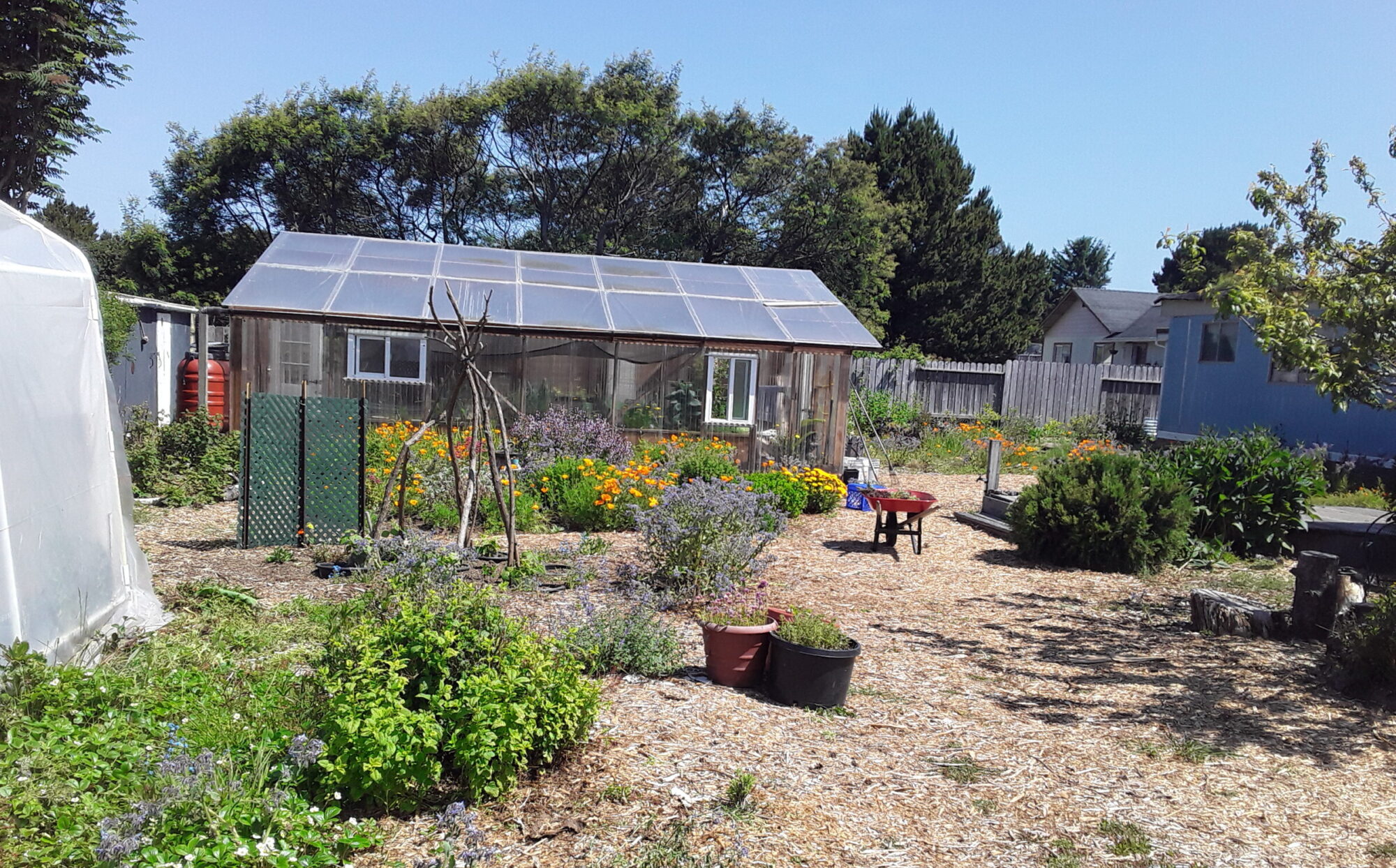By Steven Saint Thomas
We humans both compete and collaborate with great gusto. It’s typically one or the other, but both are instinctive. At any given moment we are either competing or collaborating, sometimes alternating moment by moment.
Sometimes we do both at the same time. In team sports, for example, two teams compete to score the most points and win the game. At the same time, members of the respective teams are collaborating with each other to advance the team’s position. Collaboration advances team performance – competition sorts out the winners from the losers.
Experts say the instinct for collaboration goes back to the earliest humans. People formed clans and tribes to better survive in a hostile world. Tribalism flourished for thousands of years because banding together made sense.
But in a Competitive Paradigm – where one wins at the other’s expense – tribalism has produced the world’s greatest tragedies. Wars, genocide and slavery all exist to the present day because one tribe puts its interests over another’s.
The need for a Collaborative Paradigm – where everybody wins in the pursuit of the common good – is greater than ever. The time is now!
We have entered a new millennium and a New World. This New World is emerging from the Machine Age, which was marked by hierarchy and competition. The New World is marked by the flattening of pyramidal organizations, decisions being made on the lower rungs of the ladder, teams and groups working together.
The Collaborative Paradigm is rooted in Consensus. Groups that make decisions by consensus must, by design, collaborate. Groups that make decisions by majority-rule can effectively avoid collaboration. They are inherently competitive and still part of a command-and-control hierarchy in which some members are more equal than others.
My journey to Collaboration and Consensus began with Scott Peck’s groundbreaking book The Different Drum. “In and through community lies the salvation of the world,” Peck wrote in 1988. “For the human race today stands at the brink of self-annihilation.”
I soon became involved in community-building experiments guided by Peck’s Foundation for Community Encouragement. I also joined the coordinating committee for the fledgling Green Party of California. I was captivated by the idea of a global political force making decisions by Consensus rather than Majority-Rule.
In 1990, a handful of Greens formed The Consensus Institute, dedicated to advancing the understanding and use of Consensus-based decision-making in the Green Party and in the greater society. In 1994, I was invited by a book publisher to codify what I’d learned into an alternative to Robert’s Rules of Order – so Rules for Reaching Consensus was born and has since sold more than 15,000 copies.
The model has been used, cited and recommended by numerous groups in the public, private and nonprofit sectors, including the Environmental Protection Agency, state of Idaho, University of Michigan, Pacific Rivers Council and International Paper.
Over the past 20 years, I continued to explore community-building methods, rules and tools for reaching consensus, cooperative strategic planning and building collaborative infrastructure. I’ve had the chance to consult many organizations trying to reach consensus, from the Catholic Diocese of Los Angeles to the Pikes Peak American Red Cross to the Botswana Ministry of Education.
Got Collaboration? Let’s work together on making it happen in your organization!



